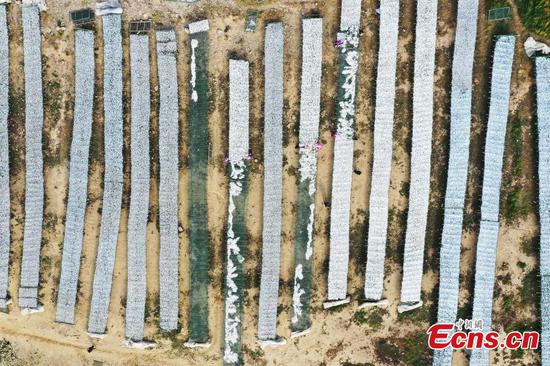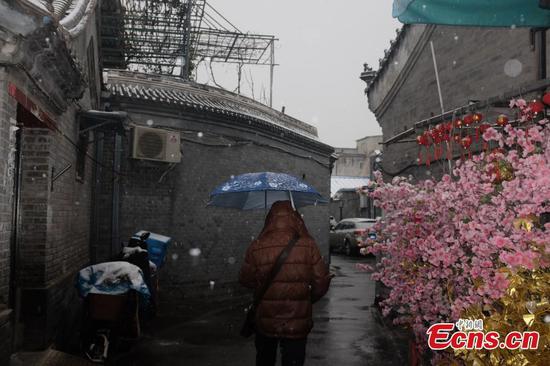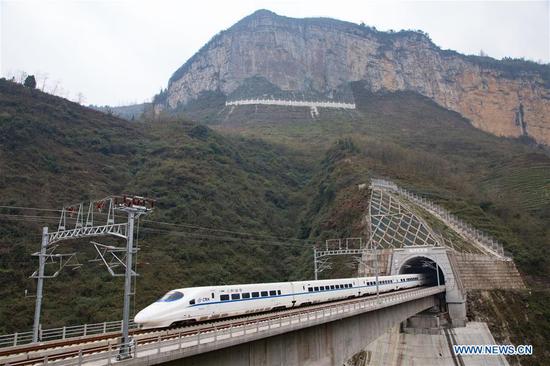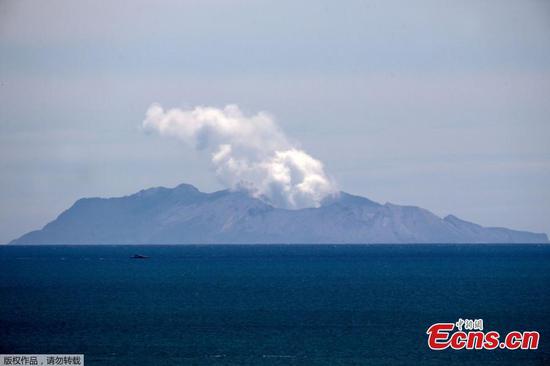The balance between homeowners and insurers in California has been disrupted by the state's destructive wildfires, and a new policy announced by lawmakers has led to more division.
On Dec 5, California Insurance Commissioner Ricardo Lara announced a one-year mandatory moratorium on non-renewal of insurance policies that prohibits insurers from dropping homeowners who live in or near an area hit by recent wildfires.
Citing a homeowner insurance crisis that "extends beyond wildfire perimeters and impacts residents statewide", the commissioner is also asking insurance companies to voluntarily stop all non-renewals related to wildfire risk statewide until Dec 5, 2020.
"This wildfire insurance crisis has been years in the making, but it is an emergency we must deal with now if we are going to keep the California dream of home-ownership from becoming the California nightmare, as an increasing number of homeowners struggle to find coverage," Lara said in a statement.
"I am calling on insurance companies to push the pause button on issuing non-renewals for one year to give breathing room to communities and homeowners while they adapt and mitigate risks, give the Legislature time to work on additional lasting solutions, and allow California's insurance market to stabilize," he added.
The new policy will cover at least 800,000 homes around the state affected by the 16 state-declared wildfire disasters, including the Kincade Fire in Sonoma County, the Eagle Fire in Lake County and the Getty Fire in Brentwood, Los Angeles.
Jeffrey Michael, a public policy expert at the University of the Pacifi c, praised the state government for taking action to protect households, but cautioned that "it's not a signifi cant step in resolving the challenge" that homeowners and insurers in high wildfi re risk areas face.
He also spoke of unintended consequences that the moratorium could create for other areas in the state that have high fire risk.
"So the concern is that the state in sort of imposing a moratorium and regulations on the industry, in this way, in certain areas, could make insurers less likely to insure properties in other high fi re-risk areas, if they view there to be some regulatory risk in addition to the fi re risk of working in those areas," he explained.
"Much more needs to be done on the issue in California, and I'm sure the insurance commissioner realizes that as well, and considers it just an initial step," Michael added.
From 2015 to 2018, the number of new and renewed homeowners' policies fell by 8,700 in 10 counties, with most of the homes in high or very high-risk areas, according to the California Department of Insurance (CDI).
The CDI also reported the insurance loss from the wildfires in 2017 and 2018 to be more than $11.79 billion and $13 billion, respectively.
Rex Frazier, president of the Personal Insurance Federation of California, which represents the state's major personal-line property and casualty companies, said the request for a voluntary statewide moratorium is "problematic".
"The Department of Insurance has a dual role. On the one hand, they attempt to keep rates low. On the other hand, they must keep rates high enough to ensure that insurers can keep their promises to pay claims," he said.
"When rates are artificially low, then insurers must fi gure out ways to reduce the risk they are covering or else their solvency will be jeopardized.
California's average homeowners' insurance premiums are low when compared to the rest of the country," he added.
The Golden State reported an average homeowners insurance premium of $1,000 in 2016.
It ranked 32nd in average HO3 policy premiums, which is almost $200 below the national average.
"Premiums in California are controlled by the Department of Insurance.
If they keep average premiums low, then it makes it hard to insure in high-risk areas.
Hurricane-affected states that experienced climate change many years ago have already adjusted their prices to reflect the higher risk.
California is just starting to experience the 'new normal', but existing permitted rates do not reflect that risk," Frazier said.
"Average rates in California must be adjusted to reflect today's climate risk.
California Department of Insurance rules must be updated to allow climate models to be used in insurance rating – which California rules presently prohibit," he said.
"And, the higher costs that global reinsurers are demanding to cover California wildfire risk should be included in California insurance rates – which California rules presently prohibit," he said.
"It's difficult to expect wide availability of insurance in high-risk areas when California's old rules prohibit the price of insurance to match the actual risk faced.
" California's rates are about 45 percent lower than many other states across the country for homeowners insurance, said Janet Ruiz, California representative for the Insurance Information Institute (III).
"They look back at a 20-year history when they make grades, but you don't get to look forward at (what) might be coming your way, and the process to increase rates take a long time," she said.
"If you can charge the right rates for insurance, then you wouldn't be non-renewing as much," she said, adding that part of the reason that companies non-renew is they want to make sure they have enough money to pay the claims if a catastrophe strikes, so they don't insure too many homes in a particular area.

















































